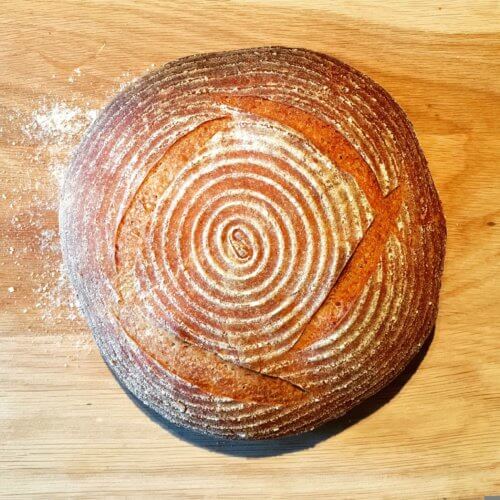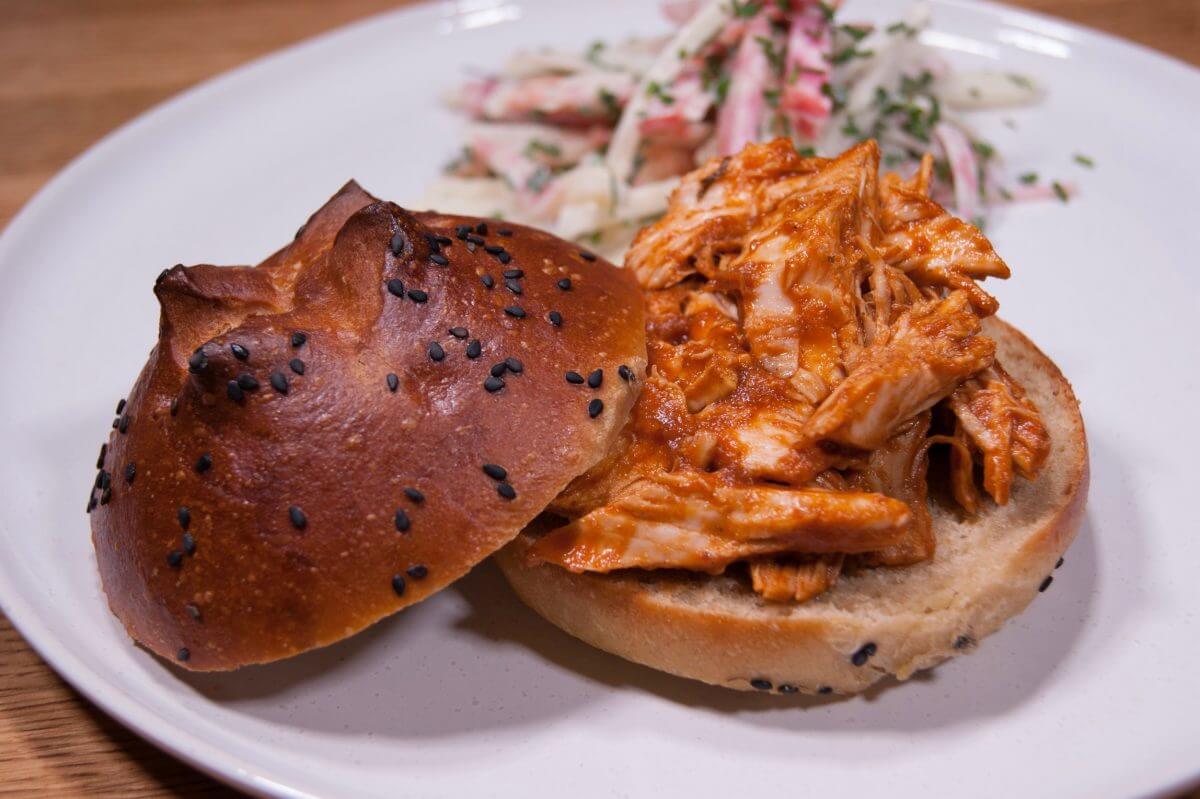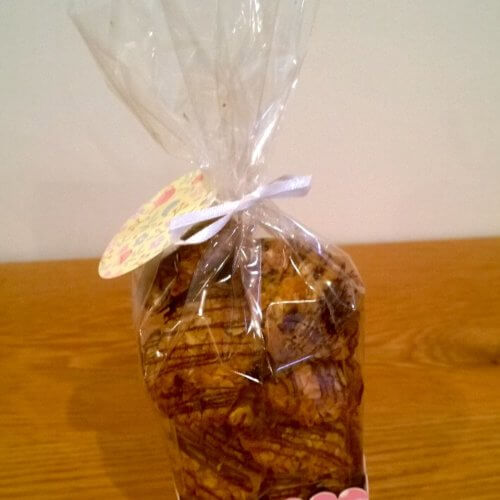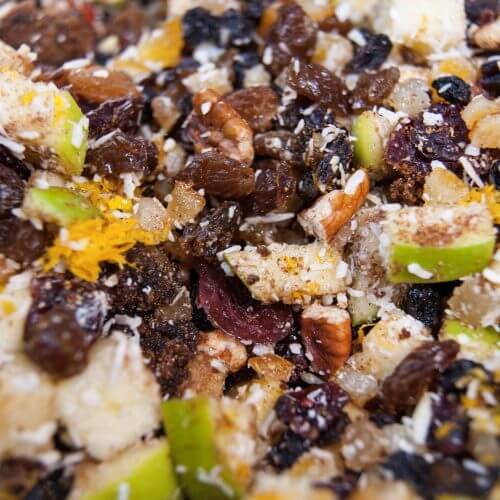The history of cooking underpins the entire story of our species, and this week we’re celebrating one of the oldest cooked foods of all; bread. Dating back over 30,000 years, bread remains one of the most popular and staple foods in culinary traditions across the globe.
Our preconceptions about certain foods often run contrary to their true origins. For instance, we tend to associate chillies with India, tomatoes with Italy and potatoes with the UK even though they are not native to those countries. They were all artificially introduced relatively recently via exploration, ingenuity and the inevitable dash of greed (for more on this, see our post on The Columbian Exchange).

Wheat was first cultivated in Western Asia, from where it eventually spread to Europe and North Africa. Its arrival was huge; it contributed to a shift away from nomadism to the building of settlements and a lifestyle we might even recognise today. The importance of this is difficult to overstate.
Leavening was another breakthrough. Initially this was done by adding some beer foam, grape must from winemaking or a little fermented dough from an earlier batch (known as a starter). This gave bread its signature delicious fluffiness, without which it would be far less popular today.
These days the process is heavily industrialised for greater speed, volume and consistency. Bread made in this way definitely lasts longer, but this shelf life comes at the expense of taste, texture and nutritional value. The problem is that bread (a bit like beer) relies on a biological reaction which doesn’t like to be rushed, making the product less appealing and less healthy. Anyone who has tried ‘real’ bread will recognise this; the crispy crust and fluffy inside which can’t be faked and which is so satisfying, particularly when freshly baked.

A great loaf of bread only needs flour, yeast, water and salt. By contrast the ingredients list on a mass-produced, nondescript supermarket loaf seems worryingly long and filled with mysterious additives. It gets even more worrying. As Laura Hart of Hart’s Bakery in Bristol points out, “Commercially produced breads have ingredients that are not required to be put on the label including preservatives and ‘improvers’ so the only way to know what you really eating is to make your own or buy from an artisan bakery where they will only use natural ingredients.”
Why is this the case? In very basic terms, processes were developed in the early 1960s to work the dough mechanically and dramatically speed up fermentation. This also permitted factories to use grain of lower quality, lower nutritional value and, crucially, lower cost. Since then industrial bakeries have introduced a series of chemical additives to cut ever greater corners and ultimately to emulate the attributes of bread instead of actually making it.
Fortunately the deficiencies of processed bread are becoming more widely understood, but the big producers know this and will continue to innovate to stay ahead. However, unless they eventually decide to start baking real bread again, we will get ours elsewhere or bake it ourselves.
Making your own bread is as easy as you want it to be. Soda bread can be on the table less than an hour after you start mixing ingredients! Other varieties takes a little skill and patience, but baking your own loaf of bread is immensely satisfying. Plus, you know exactly what’s gone into it and your house will smell terrific!
Here are our top bread baking tips:
- Be precise. As with chemistry, proportions are crucial.
- Use high-quality flour. It WILL affect the taste.
- Know your oven. Temperature is important – hotspots can spoil things and the loaf may need turning to ensure an even bake.
- Steam makes for a crispier crust. Try adding ice cubes to a baking tray at the bottom of the oven or use a sprayer.
- Use the ‘hollow tap’ test. Turn it upside down and tap the bottom, it should sound hollow once it’s ready (this is more reliable than it sounds).
Happy baking!
To learn more – click here for our bread tutorials!




